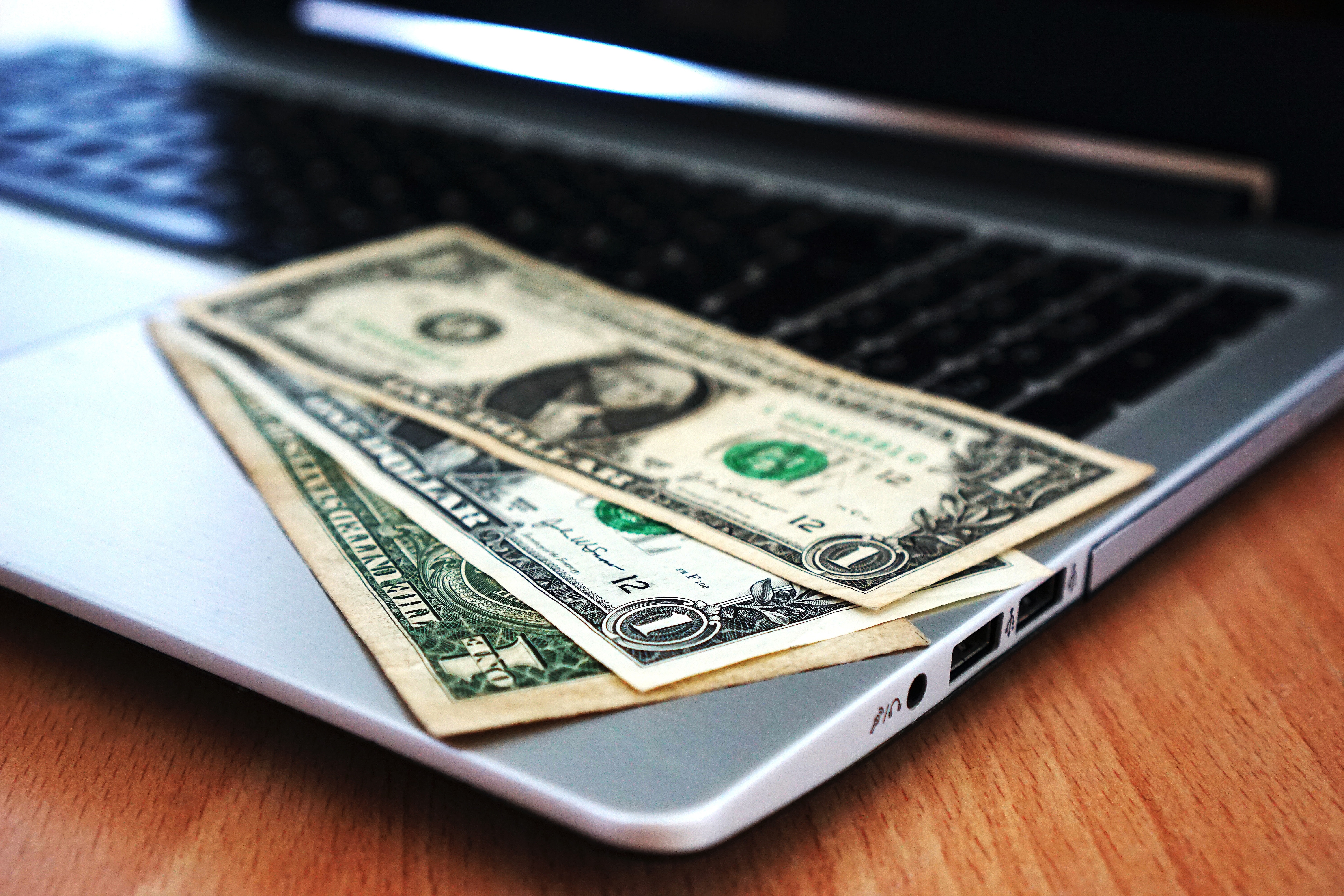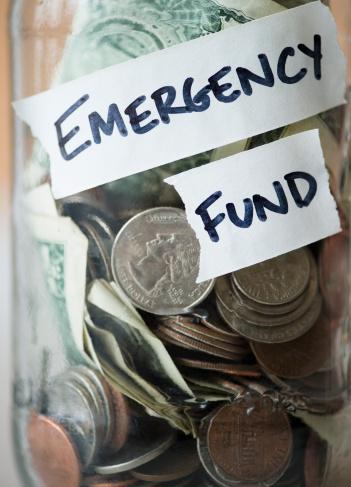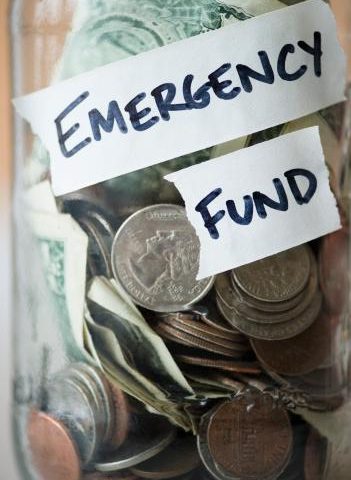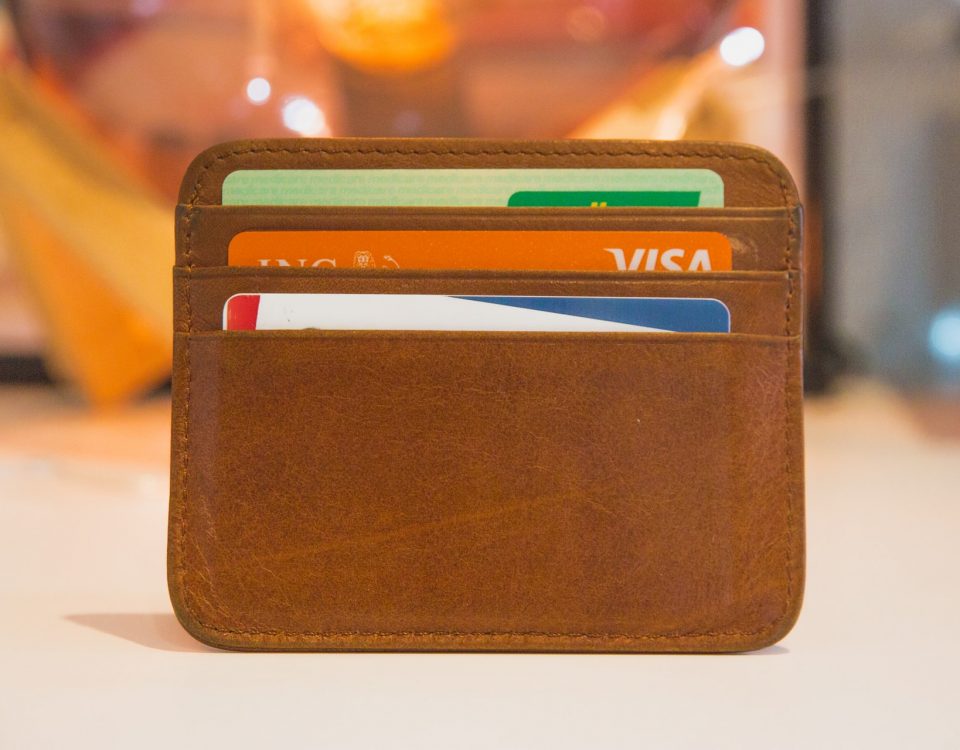
The Palessi Experiment and Brand Name Inflation
January 23, 2019
6 Ways To Make Money Online
February 6, 2019Q: Do I need to have a separate rainy day fund and emergency fund? 
A: Rainy day funds and emergency funds serve different purposes. It’s important to have both available to tap into as needed. Read on for answers to all your questions on rainy day and emergency funds.
Why have a rainy day fund?
Say your washing machine suddenly needs replacing. You’re looking at an extra expense that can run anywhere from $350-$850. Where are you going to get that kind of money?
Here’s where your rainy day fund comes in. It’s a savings account created for these small, unfixed expenses that you know will sometimes arise. You’ll tap into your rainy day fund to pay for minor household repairs, to cover the cost of summer camp or to replace your broken kitchen table. When you have a way to fund these small financial hiccups, they won’t disrupt your financial health.
Why have an emergency fund?
In contrast to your rainy day fund, an emergency fund is for much larger expenses. It should have enough padding to keep you afloat even if you experience a major disruption in life, like a divorce, job loss or illness.
How much money should be in each fund?
Your rainy day fund, created for minor expenses, only needs to hold $500-$1,000. That should be enough to tide you over in the event of a small, unfixed expense.
Your emergency fund, however, should be positioned to pull you through major financial crises, so it will need a lot more to fulfill its purpose. Ideally, it should hold 3-6 months’ worth of your living expenses.
How can I build my funds?
- Start a side hustle. Freelance for hire, take online surveys for spare cash or accept a seasonal position. Keep all or most of the extra money you pull in for your rainy day and emergency funds.
- Trim your budget. Take a hard look at where your money goes each month and cut back on your spending. Use the money you save to fund these accounts.
- Make it automatic. Set up an automatic transfer from your checking account to your savings accounts so your funds grow automatically.
Start setting up your savings today! You’ll sleep better at night knowing you’re prepared for any financial eventuality.



